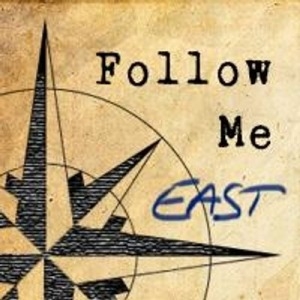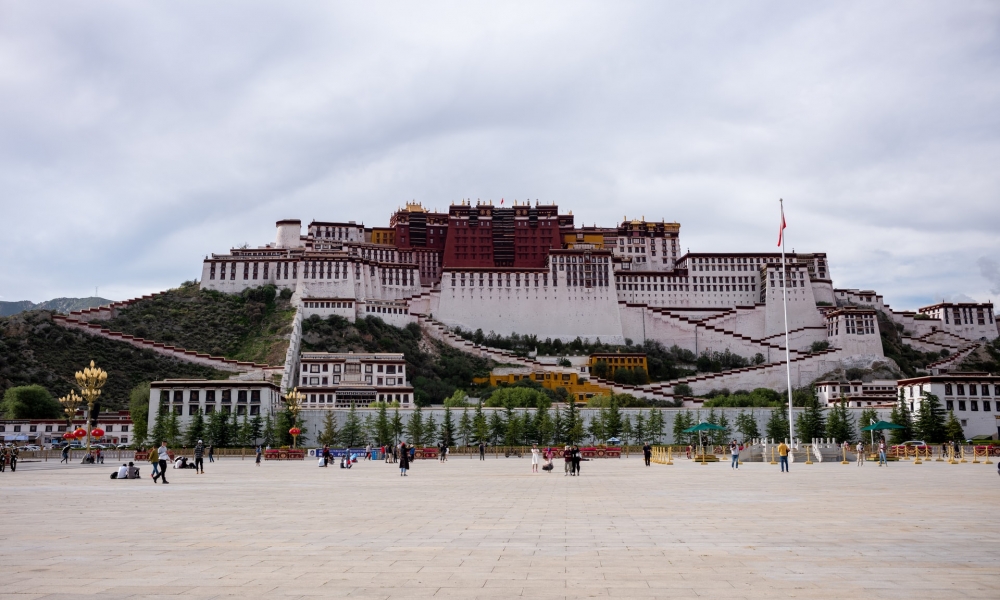
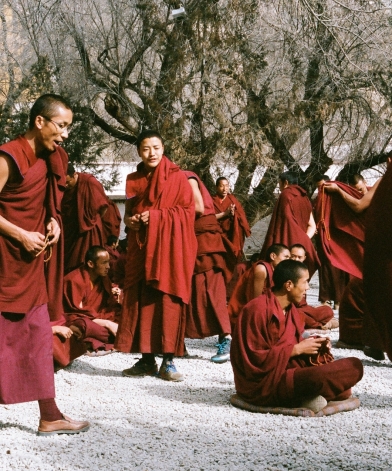
Photo credit CiteXt Wing and Will Pagel
Seven days in Tibet
Tibet is one of those mythical places that stirs the imagination and fuels the travel bug. Nicknamed 'the Land of the Snows', winter might not seem like the best time to go, however when we found ourselves in Nepal in December we were too close not to drop in on her mysterious Northern neighbour. Braving the elements, the snowed-in passes and the burden of Chinese bureaucracy, Follow Me East spent seven days in Tibet. On the road trip of a lifetime we discovered a landscape that left us breathless (at times we were more than 5000 metres above sea level, I literally mean breathless) and we spent the entire seven days with a sense of surreal, otherworldliness.
Road trip of a lifetime
The Friendship Highway connects Kathmandu to Lhasa. It climbs through mountain passes, impossibly wraps around the sides of mountains and continues along valley floors for 1000 km. It is the road trip of a lifetime.
Having climbed up through the mountains on the Nepali side of the Himalayas - steep roads, zig zagged with switch backs and scarred by the aftermath of fatal landslides- the road settles down to a relatively smooth passage along the Tibetan Plateau. The Highway from the Nepali border to Lhasa was completely paved in 2008, so it is no longer the bumpy dirt track of yore. This might have taken some of the ruggedness out of the journey, but it takes nothing away from the views.
The Tibetan Plateau is a wide, tundra-like basin perched on top of the world. From here you see Everest, Xisapangma and Cho-oyu all rising over 8000 metres, but cruising along on the plateau, which sits at over 4000 metres itself, it is difficult to keep perspective. There is something indescribably awe-inspiring about being surrounded by the giants of the Himalayas. It is easy to understand why it is such a place of pilgrimage.
In the days before we embarked on our road trip, the pass from the Nepali border was snowed in. It was touch and go as to whether our trip could go ahead, then at 6pm the night before, we got the all clear. The road had been ploughed, it was no longer snowing and we could go. Our guide and driver (who had picked us up at Chinese immigration) were very concerned about the snow closing in again and so covered two days driving in one to get through the danger zone while it was still clear. On that first day we traveled from Kathmandu at 1300 metres all the way to Tingri at 4900 metres, the highest point we were to sleep at. The air was thin, the light was crisply brilliant and, in December, it was absolutely freezing. The entire time we were keenly aware that we were on top of the world. It was exhilarating.
Villages
For most of the drive from the border we saw very few signs of human habitation, we looked out at a winter-barren landscape, stunning in its emptiness. Then at a carefully demarcated point the sudden appearance of ultra-modern, solar-powered street lights indicated the start of a village. A paved footpath appeared and for some 500 metres houses lined either side of the road in uniform regularity. Just as suddenly the village ended and the wilderness moved back in.
The uniformity of the villages against the wild Himalayas was surreal. Despite some modern trappings - the footpath, streetlights and the occasional kids' playground- the villages were unlike any other we'd seen. Tibet has a unique architectural style developed in response to the climate, locally available materials and the aesthetics of Tibetan Buddhism. The whole house and a yard are enclosed by a thick stone wall, often with patties of yaks' dung stuck to the outside to dry in the sun and provide fuel for fires.
Lhasa
Lhasa was the end-point of our great road trip. After five days of nothing but Himalayan peaks and sporadic villages dotted across the broad plateau, we drove into Lhasa. Like the villages, the capital appears suddenly, with very little urban sprawl to announce it. We found ourselves driving along a wide boulevard. The buildings either side of the road were clearly new, several stories high but with many of the Tibetan architectural flourishes we had seen in the villages. The boulevard was pristine with not so much as a stray chocolate wrapper to mar it - a stark contrast from the litter strewn villages. There was something about all of this modern cleanliness that rang artificial.
In amongst the rapidly expanding new city, lies Jokhang Temple and Barkhor Market. Turn down a narrow lane way off one of the wide boulevards and you will quickly find yourself caught up in the pilgrim's circuit around the Temple, which sits at the heart of Old Lhasa. This area, known as Barkhor Market is as eerily pristine as the rest of town and the market stalls have recently been ordered in-doors, but it is still a maze of small streets, with shops selling all kinds of exotic wares from prayer wheels to the ornate silver and copper belts that accessorise traditional Tibetan dress. The area is well catered for with teahouses that feel, like so much else in Lhasa, like stepping into another time and another world. Warm, collegial spaces filled with heavy wooden benches, the tea houses offer a cosy reprieve from the cold. Ordering is straight forward, pick up a thermos of tea (try to avoid the yak butter tea, if you don't want to give offense by spitting it straight out again) and order a steaming plate of momos (delicious Tibetan dumplings, filled with a mixture of meat and vegetables).
In Old Lhasa it seems that all streets funnel into the human tide, which is the constant procession around the Jokhang Temple. Let yourself get swept along as you marvel at the strangness of your surroundings.
Our initial disappointment at leaving behind the wild plateau for a city was quickly overcome. Lhasa is like no other city we had ever seen. The irrepressible Tibetan culture is in evidence all around, from the pilgrims prostrating themselves to the native dress and the tea houses. It all adds to the unreal feeling of the city. Where many other capital cities tend to have elements of sameness, in Lhasa everything felt foreign.
How we did it
At the time we travelled (December 2014) the Chinese government required all foreign tourists to hire a guide and driver. It was necessary to get permits for entry into Lhasa and separate permits for everywhere we went outside of Lhasa (as well as a visa for China). You must arrange all travel permits before you arrive. The rules change constantly, so do your own research before heading out. Given all these requirements Follow Me East opted to arrange the trip through an agent in Nepal. Thamel is full of such agencies. Our main requirement was that the guide, the driver and the company they worked for were Tibetan. Anecdotally this is easier to ensure if you are booking from Nepal rather than from within China.
Where we went
Our journey took us from Kathmandu to Lhasa, along the Friendship Highway stopping at Tingri, Shigatse and Gyantse. Unless you're racing the snow clouds, I would recommend spending your first night in Nyalam to acclimatise. If you are doing this trip in the warmer months, there are some good short walks here too.
Final consensus on Tibet? It was hard work to get there, it was very expensive and it was worth every penny. Go in with your eyes wide open, the human rights of Tibetan people are seriously curtailed by the Chinse government and we are very glad we got to see this fast disappearing culture.
Similar blog posts
From the UK's most popular travel bloggers
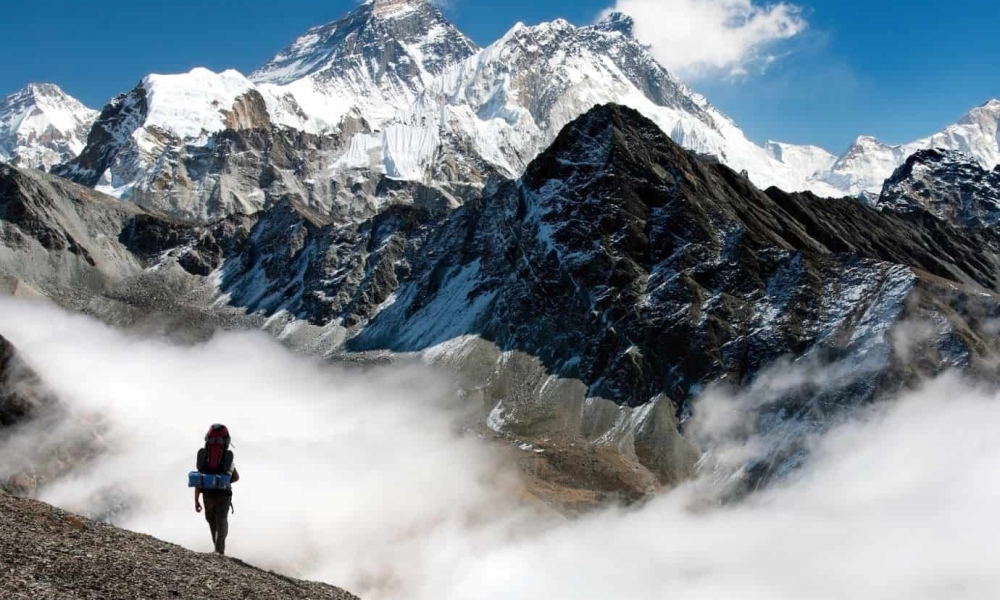
What to Expect on An Everest Base Camp Trek
19th April 2024 by Conversant Traveller
Embarking on a trek to Mount Everest's base camp is a dream adventure for adventurous souls and mountain enthusiasts alike. Heather from Conversant Traveller shares insights on what to anticipate during this epic journey in her latest post. Join her as she delves into the details of this unforgettable experience....
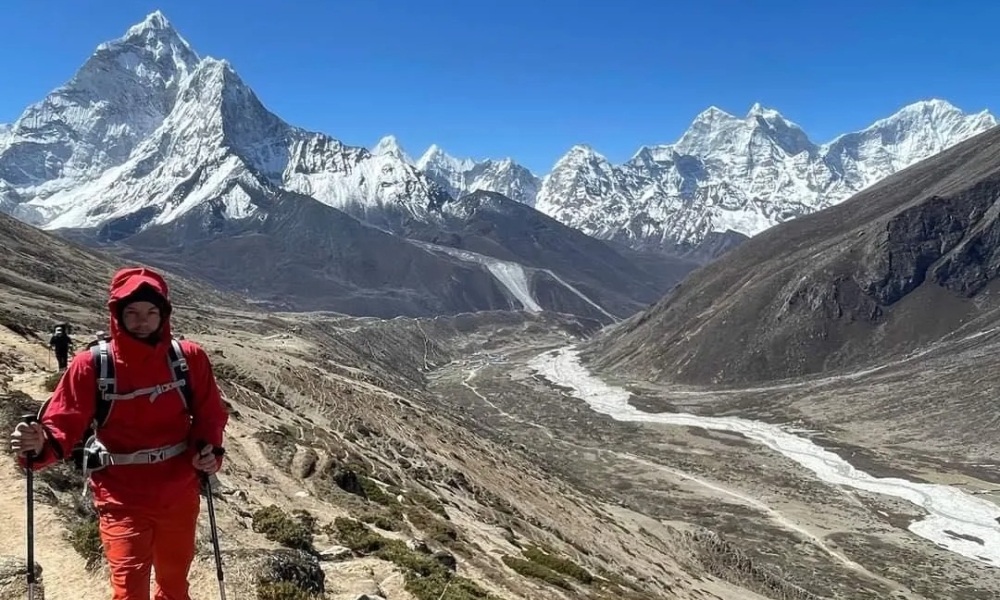
How to Prepare for Everest Base Camp Trek?
1st December 2023 by PommieTravels
Preparing for the Everest Base Camp Trek (5364m) is essential to ensure a safe and enjoyable experience. To get ready, make sure your body is strong by doing exercises like running and biking. Strengthen your legs and belly to walk better. Since you’ll be going up high, take it slow to get used to the altitude. Drink sufficient amount of water to stay healthy during high altitude treks....
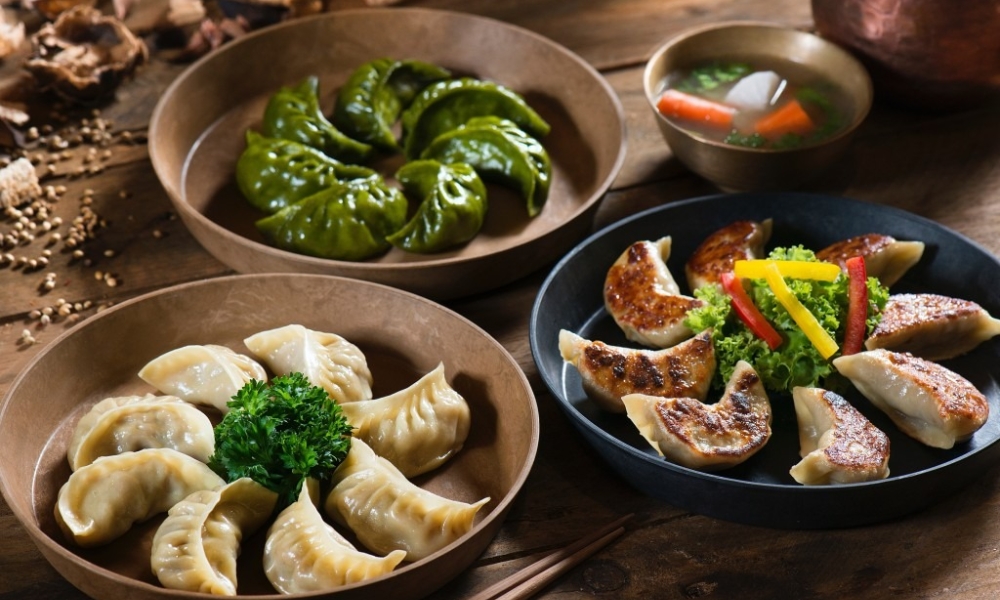
18 Nepali Dishes You Need to Try | Nepal Food Guide
24th July 2023 by Emily Luxton
Discover the rich and diverse cuisine of Nepal with this comprehensive guide to must-try Nepali dishes. Prepare to be pleasantly surprised, as there is so much more to Nepalese food than the traditional dal bhat! From aromatic curries to delectable street snacks, this post will take you on a culinary journey through Nepal's vibrant food scene. So, get ready to tantalize your taste buds and explore the delicious flavours of this fascinating country....
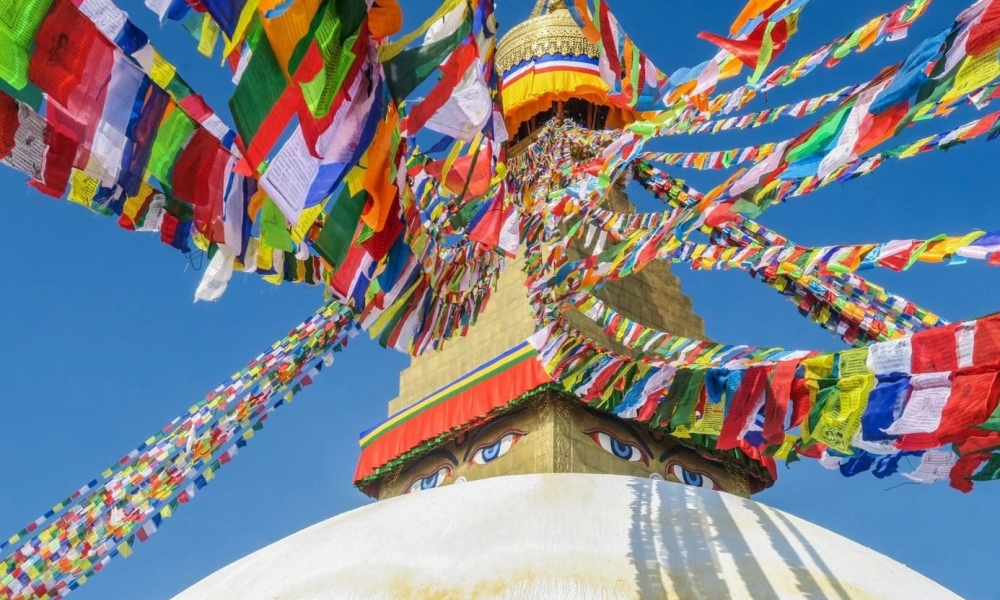
6 of the very best places to visit in Kathmandu
1st April 2021 by Emily Luxton
A place where Hinduism collides harmoniously with Buddhism, Kathmandu is the largest city and the capital of Nepal. Known as the “City of Temples†and home to dozens of incredible places to visit, Kathmandu is an enigmatic and wild city that should be on every traveller’s wish list. Kathmandu is a city unlike any other. Unique, chaotic, and crazy, this is a place where cultures collide. The eclectic mix of architectures, cuisines, and influences can feel overwhelming, but...
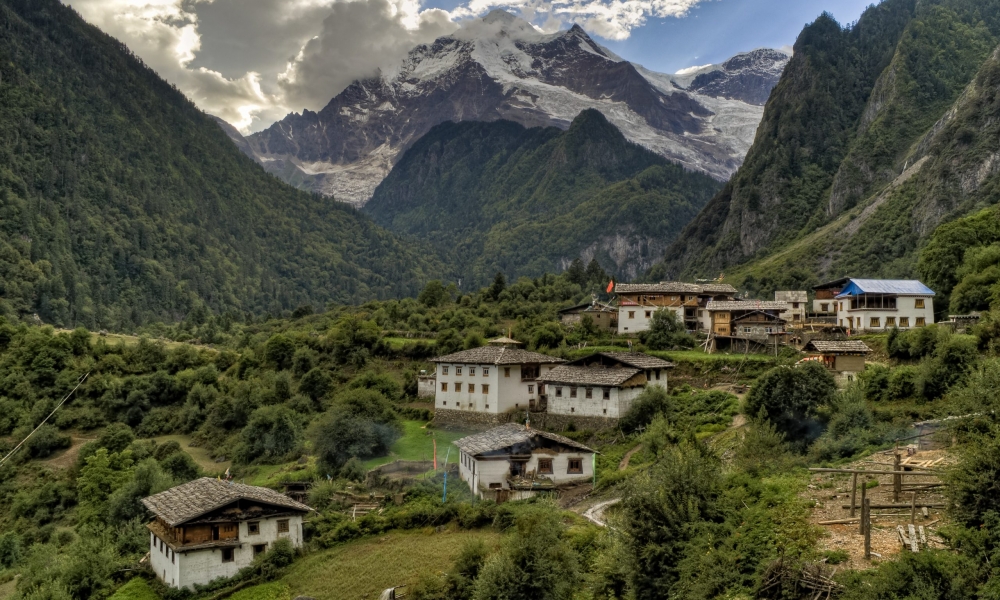
Things you should know About Upper Mustang Trek in Nepal
28th January 2020 by PommieTravels
Nepal is one of the smallest countries of the globe. Nepal covers only 0.3 you look after the entire land area of Asia and 0.03% of the whole acreage of the planet. It’s the landlocked country that lies within the lap of two giant nations; India within the East, West & South, and China within the North. This country is within the developing phase. Though being a small country within the world, Nepal is filled with natural beauty, natural plants, unique style of some features, and cultural...
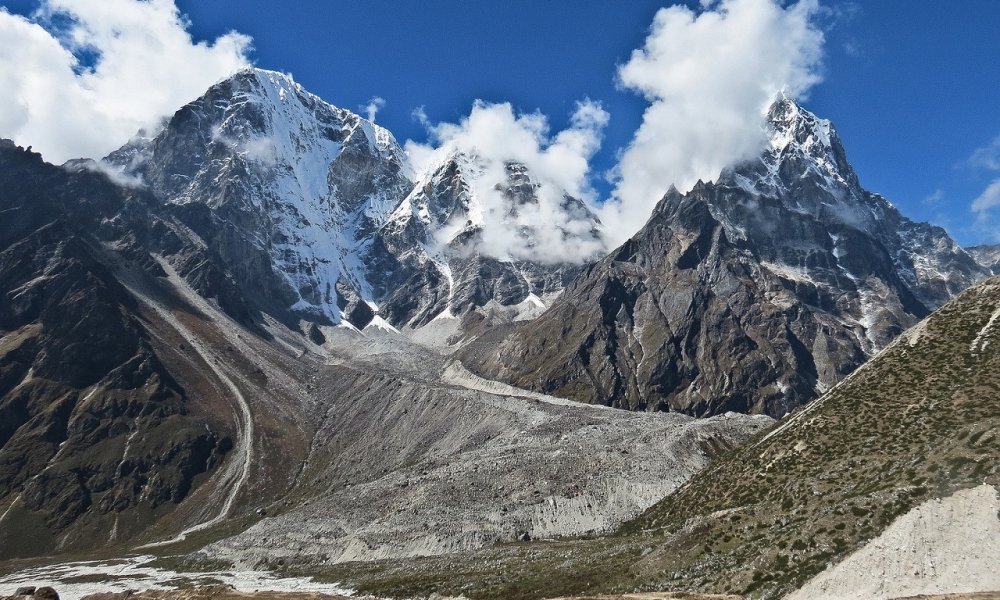
Everest Base Camp luxury trekking in Nepal - Ultimate guide
6th July 2019 by PommieTravels
One of the rarest trekking adventures is the Everest Base Camp Luxury Trekking in Nepal, and only a few people know about it. Trekkers can now enjoy a luxurious time exploring the Khumbu region without having to compromise on their needs. The EBC luxury trek is quite similar to the classic itinerary. Although you follow the same route, the priority is on catering to all your needs with extra care. You stay at the finest hotels that provide every standard amenity. Not to forget, loving people...
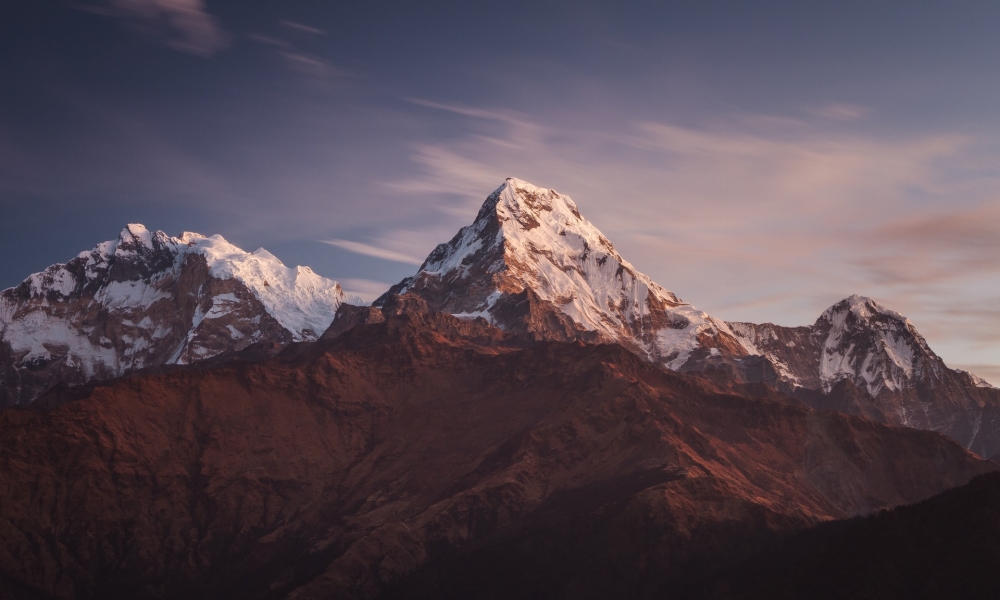
Self-guiding treks in Nepal
19th January 2015 by Follow Me East
Following the avalanches in October 2014 that claimed over 40 lives, self-guided treks in the Himalayas have been a touchy subject, with many locals attributing the high death toll to budget tourists cutting corners. The truth of this is debatable as many of the people who sadly died had guides with them. In addition, some trails are well-trodden, basic and far from avalanche risks areas, so Follow Me East self-guided a six-day hike around the Annapurna range in Nepal to see how accessible it...
